一则关于欣赏和感恩的故事 | A TRIBES Appreciation Story
“我赞赏我自己,因为我很厉害”

1月15日(中学)&16日(幼儿园及小学)
从小学高年级到初中,家长们问的最多的问题之一就是“孩子进入青春期了,越来越自我了,怎么办?”
根据美国心理学家埃里克森的经典发展心理学人生八阶段理论:
从12岁到18岁,孩子进入了青春期。一方面由于生理的发展,青少年的本能冲动高涨,会带来一系列问题;另一方面,青少年因为要面临新的社会要求和社会的冲突,会感到困扰和混乱。
所以,按照埃里克森的理论,人在青少年期的主要任务就是建立同一感。换言之,就是找到自己在别人眼中的形象,以及自己在社会集体中所占的情感位置。
这一阶段的核心问题,就是自我同一性和角色混乱的冲突。
埃里克森认为,在每一个心理社会发展阶段中,解决了核心问题之后所产生的人格特质,都包括了积极与消极两方面的品质,如果各个阶段都保持向积极品质发展,就可以说完成了这阶段的任务,逐渐实现了健全的人格,否则就会产生心理社会危机,出现情绪障碍,形成不健全的人格。
正是为了帮助学生更好地度过青春期,找到自己在集体中的位置和身份,发展好自己的自我统一性,在明诚学校,我们正在6到8年级的教学中,推广部落式教学法TRIBES。
【部落式教学法TRIBES】是指通过教室内活动、反思性提问和小组合作等方式,帮助学生学习、体验和实践一系列核心理念和价值观,从而促进学生的社交情感发展和学业进步的一种教学方法。
截止目前,我们已经在教师培训、英语人文课、六年级晨会和全校大会上应用了部落式教学法。
通过部落式教学法中的集体活动,我们为青少年的孩子们营造一个他们需要的“部落感”,在部落中,他们会有冲突,也正是在冲突中他们摸索出自己的形状,也学会尊重他人的形状。
部落教学法中,学会赞赏他人是孩子们需要做的一件很重要的事。
下面,我们会先请大家一起来读一个由Wardle老师讲述,真实地发生在我们的部落式教学法课堂中的故事,希望大家读完后,就好像自己也身临其境地在明诚学校上了一节课,体会到在“明诚部落”中成长,健康度过青春期,实现自我同一性的美妙感觉。
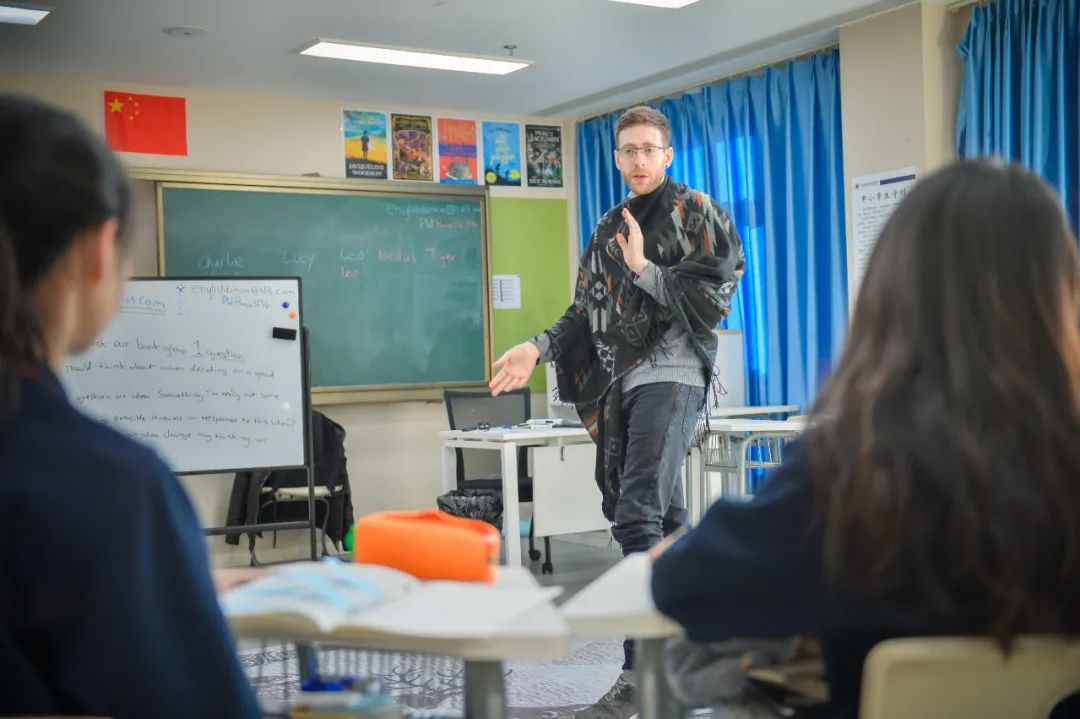
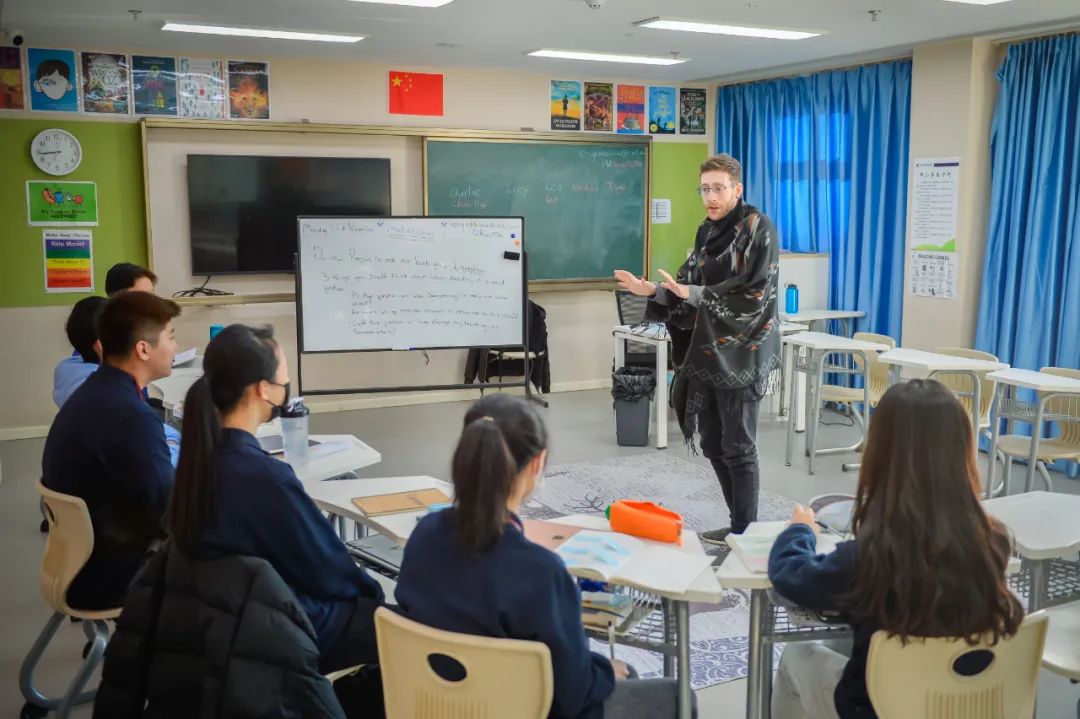
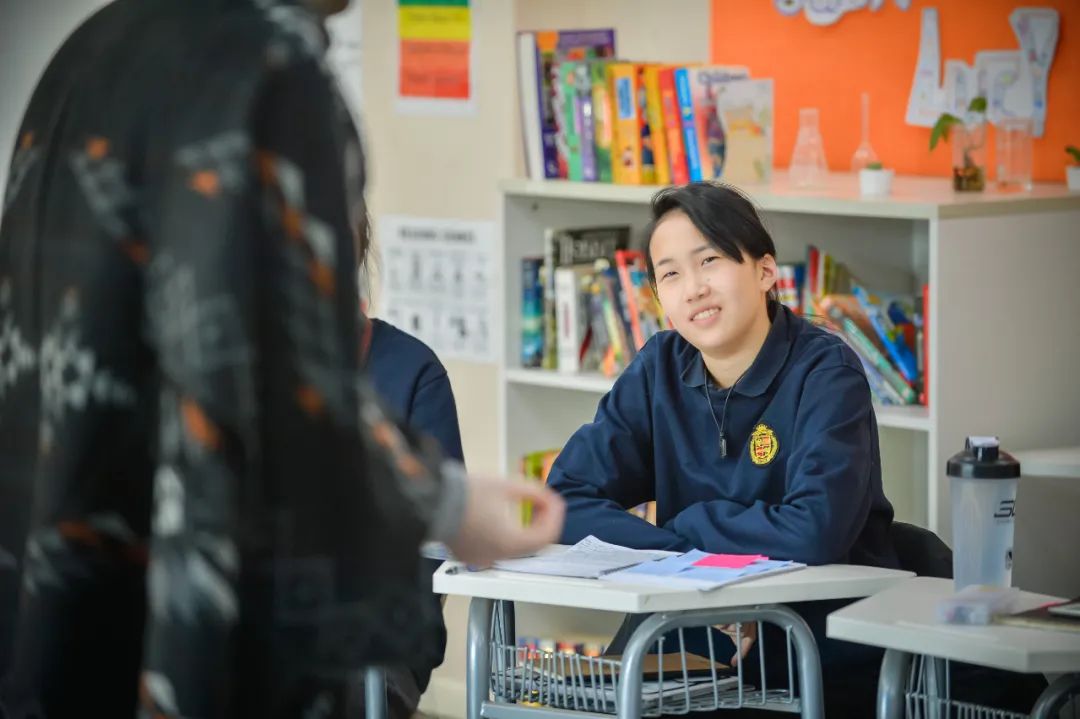

下面是由英语项目负责人,也是部落式教学的培训老师Wong老师关于部落式教学的整体设计。
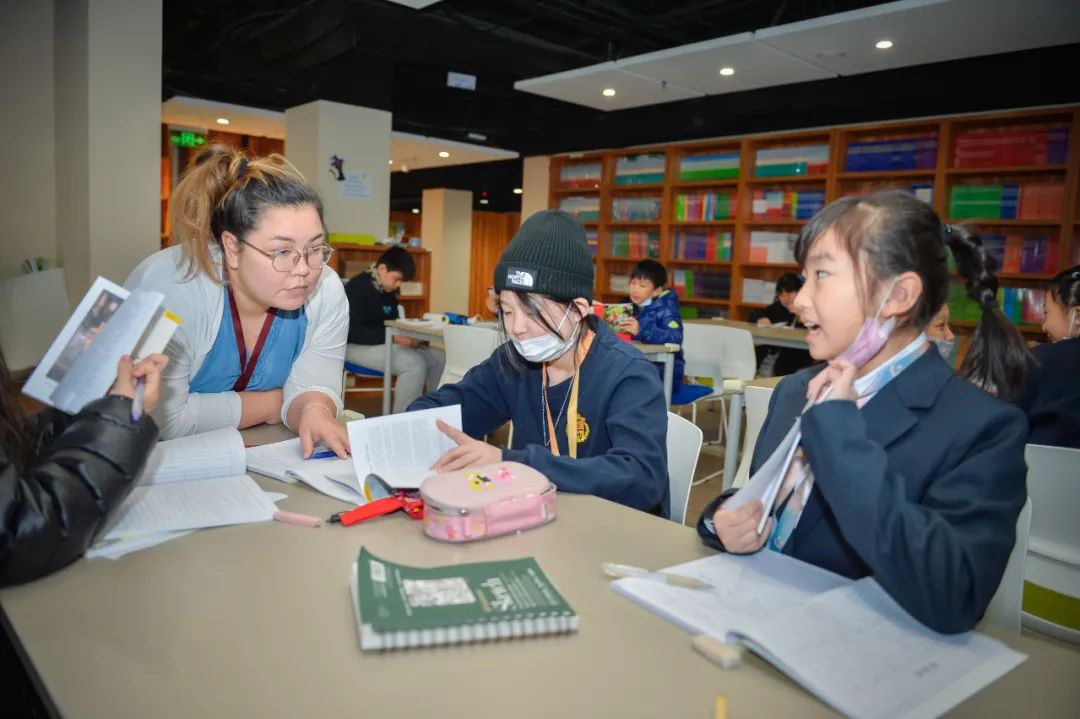
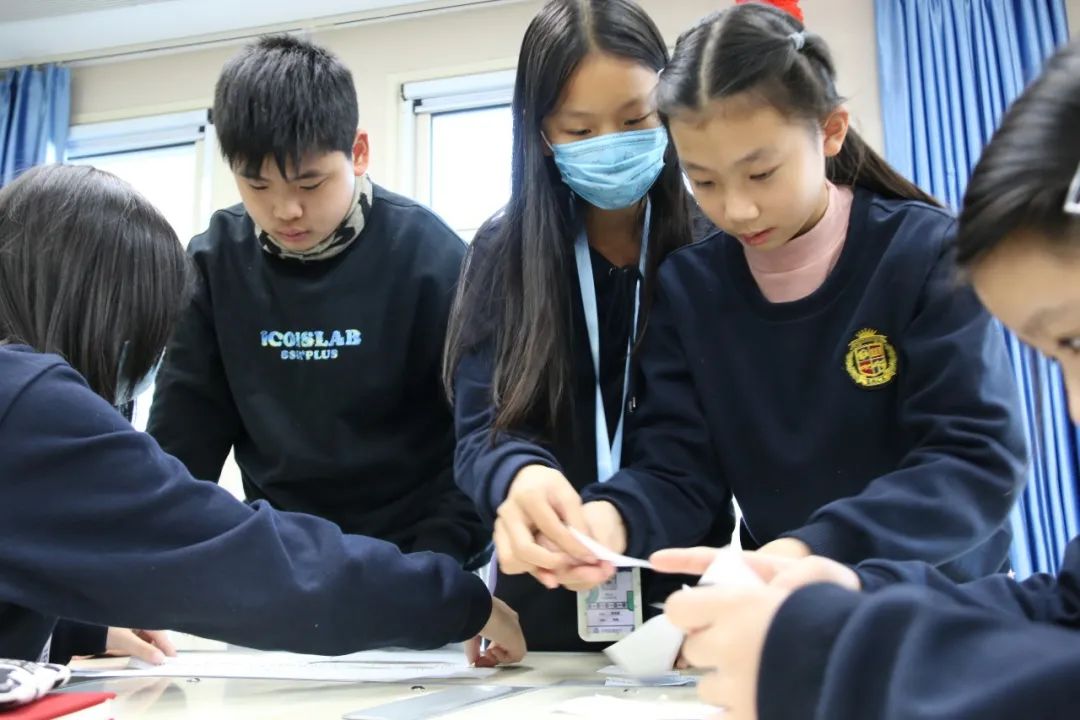
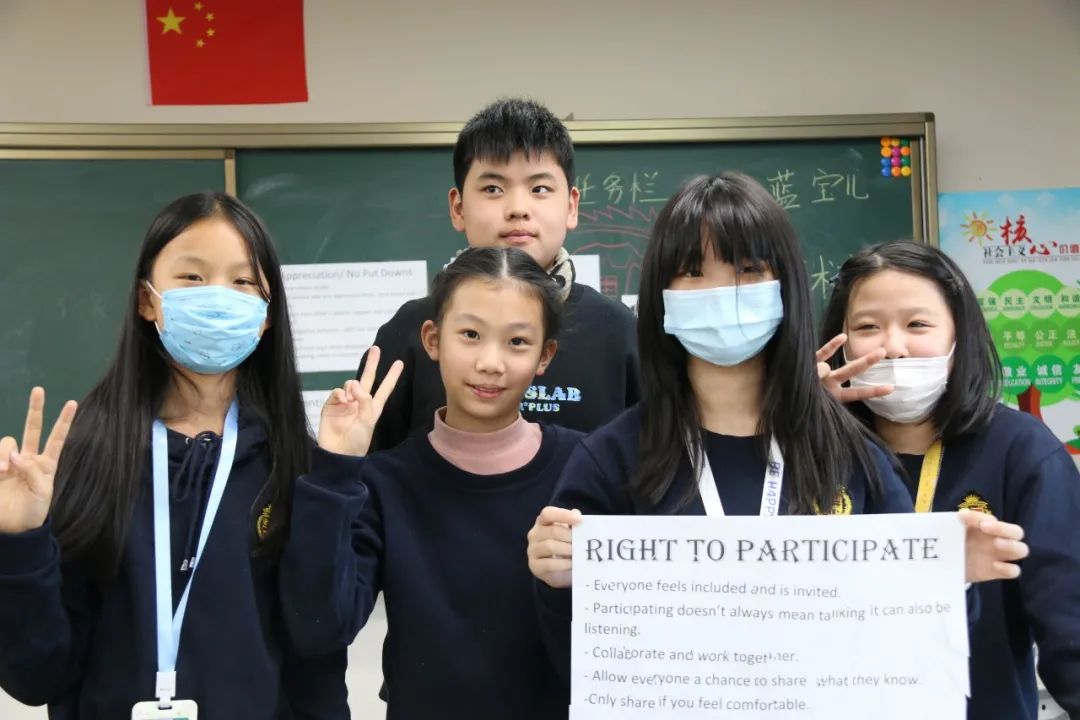
A student states, “I appreciate Tom, for explaining the game to me when I was a little confused.”
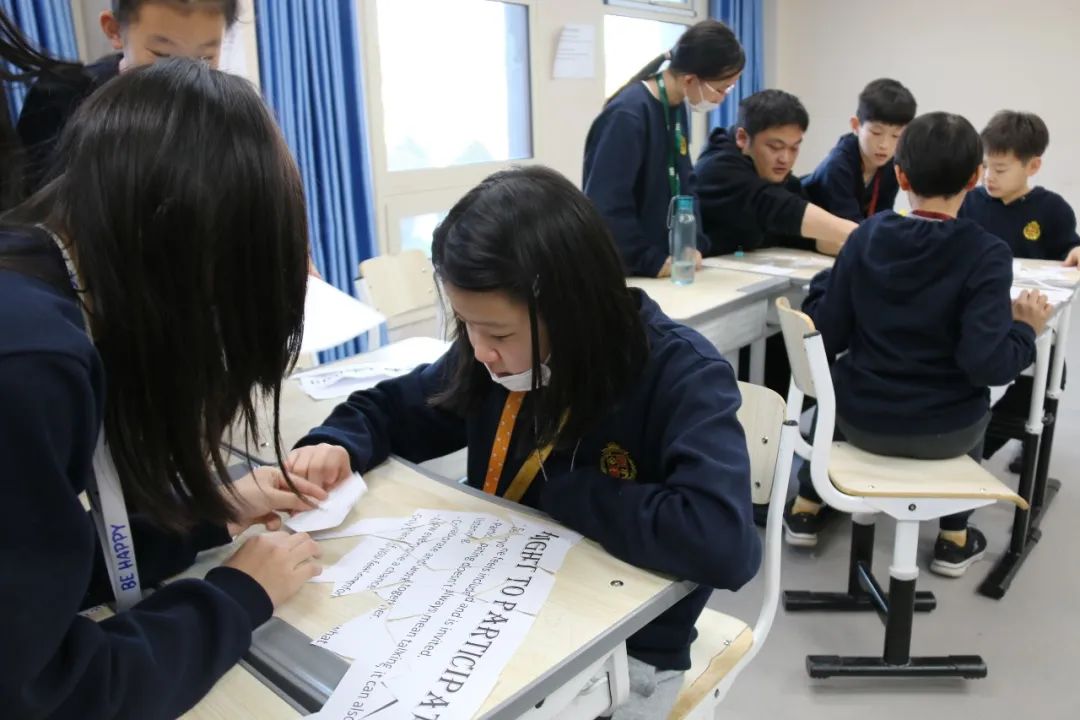
As educators, we know that learning in an environment that is healthy, positive and safe is immensely beneficial.
作为教育工作者,我们知道在一个健康、积极和安全的环境中学习对于个体发展是极其有益的。
By using TRIBES, we have the structure to build such a school and with this attitude, students are boundless in their exploration of knowledge.
有了部落式教学的理念,我们在建立校园文化和学习环境时就有了依托和框架;而有了健康、积极和安全的学习环境,孩子们在探索知识的道路上才能拥有无限的动力。

